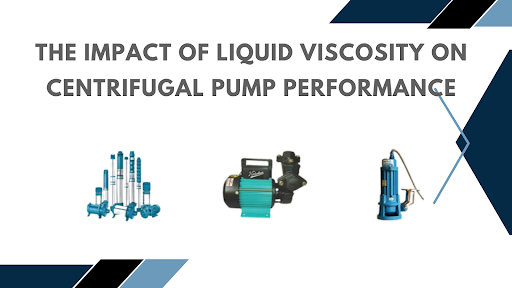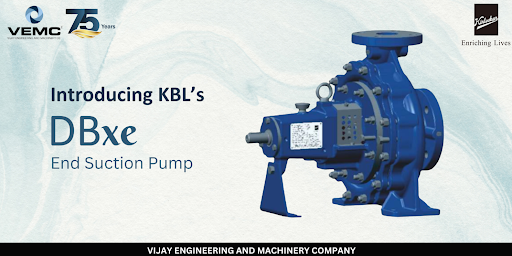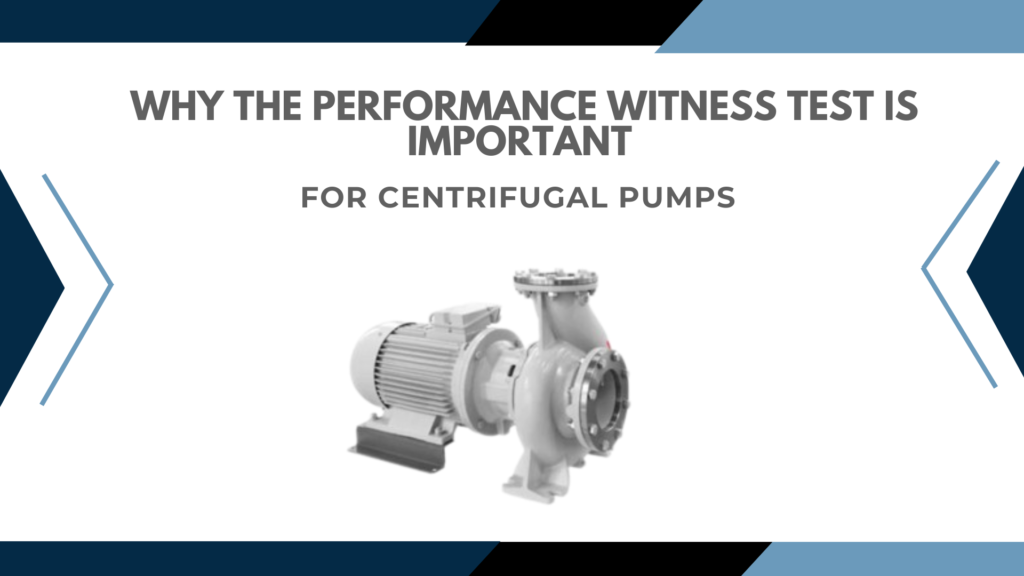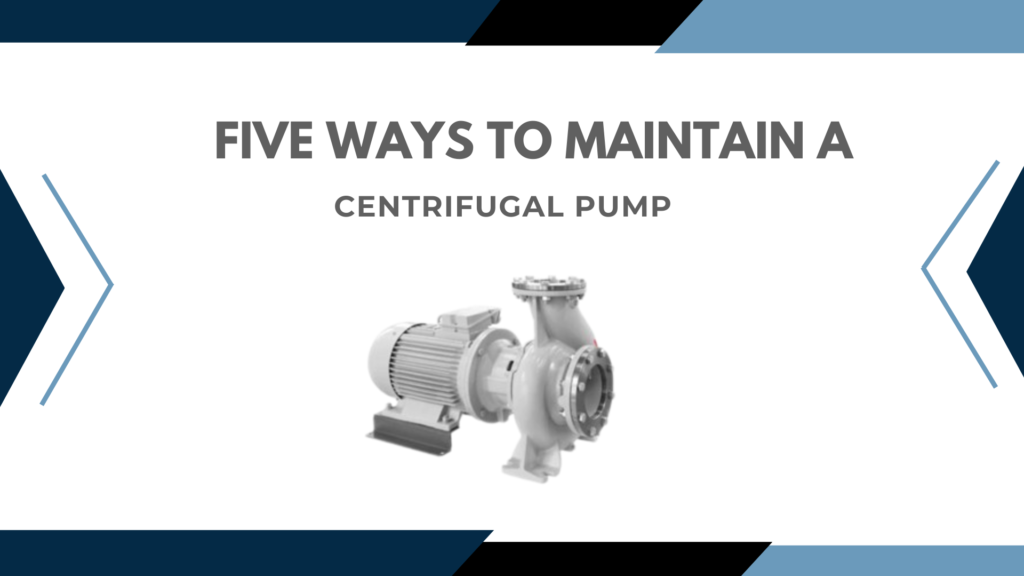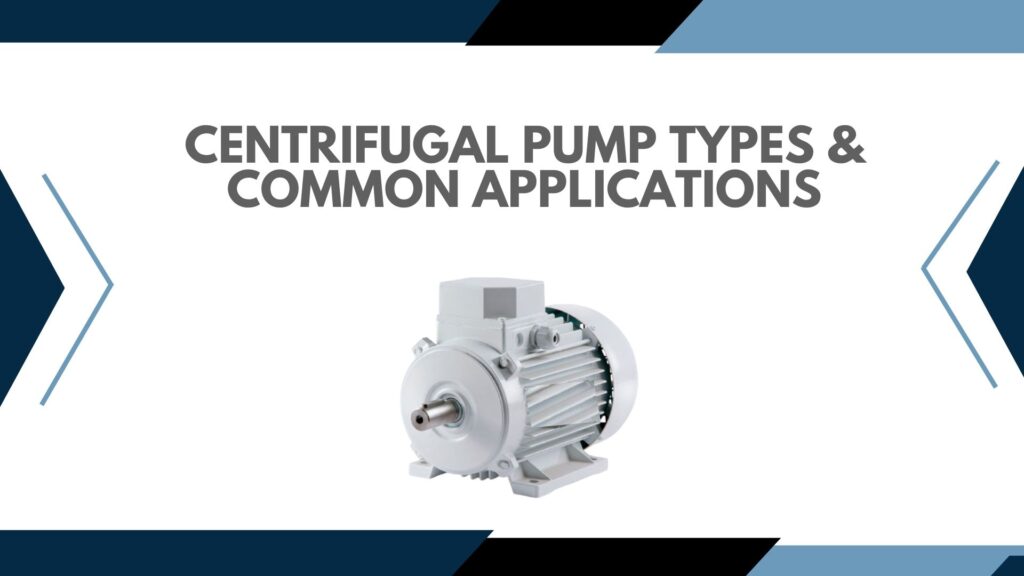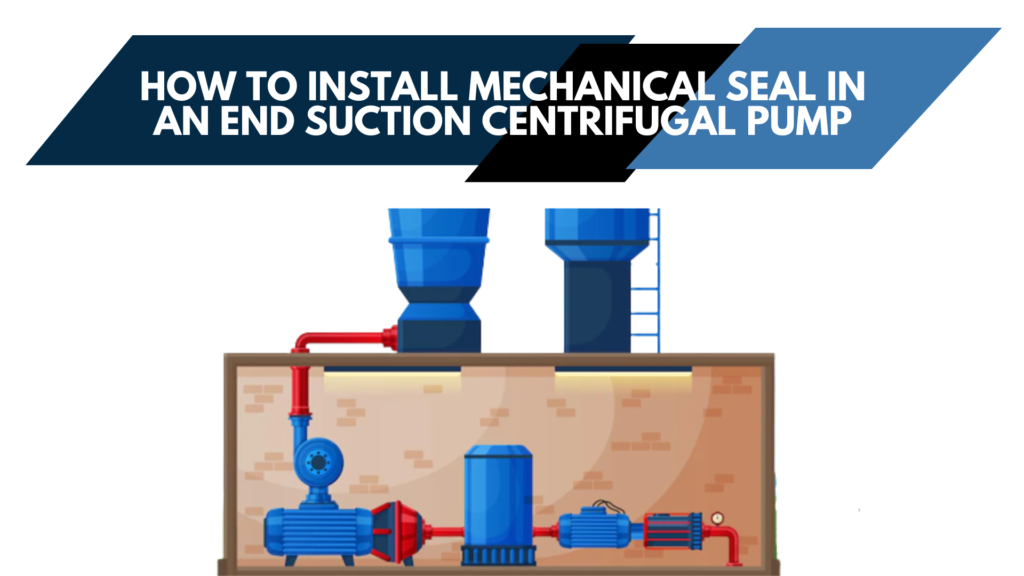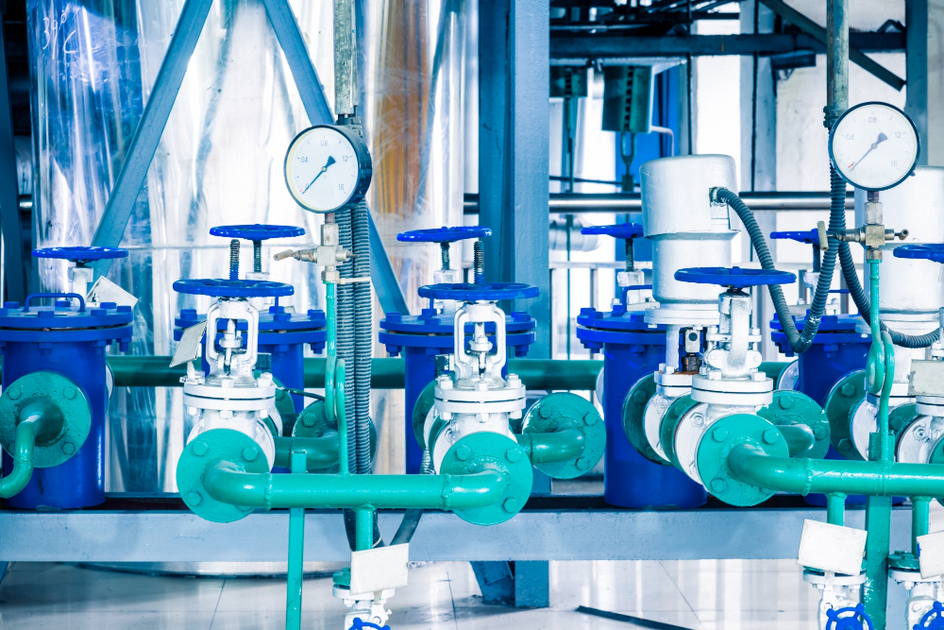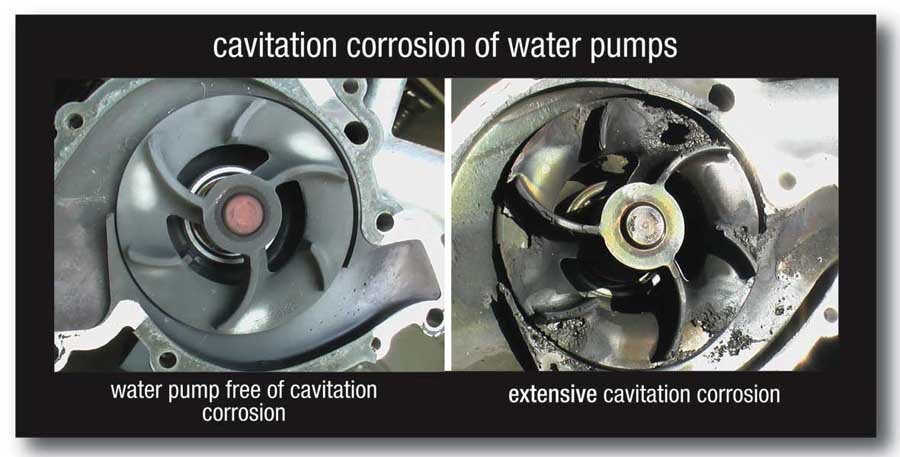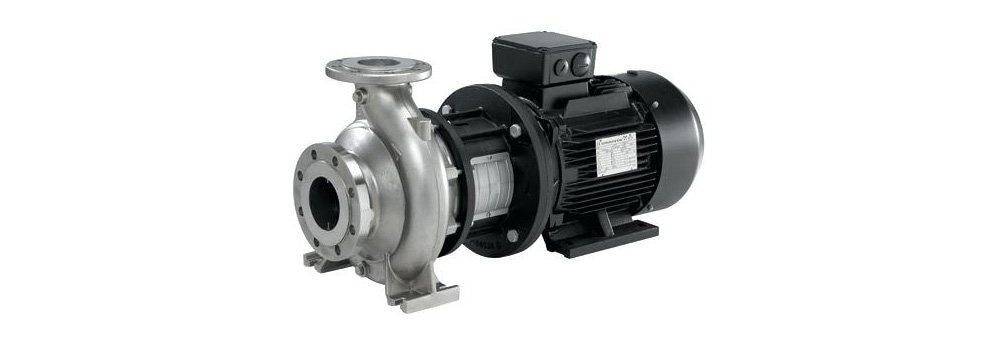
If you own a centrifugal pump, you would know the importance of priming it before use. It simply refers to filling the pump with a liquid to generate enough suction to operate efficiently. VEMC is the leading Kirloskar pump authorised dealer and in this blog, we talk about the proper procedure to prime your pump to prevent damage and ensure its smooth operation.
Dangers of running a non-primed pump
- Cavitation: Without enough liquid for suction inside the pump, there are high risks of cavitation. This is caused by the creation of air bubbles which on bursting create tiny shock waves inside the pump body, leading to gradual internal damage over time.
- Drop in performance: Without priming, a centrifugal pump tends to operate at lesser efficiency. It is unable to generate optimum pressure and flow rates.
- Overheating: Without adequate fluid inside the pump, the rotating parts can get overheated. This can catalyze wear and tear, and also reduce the expected lifespan of the pump.
- Damage to parts: Impellers, shafts, bearings, and seals could face excessive strain due to a lack of fluid inside the pump. This can cause severe damage to parts over some time.
- Safety hazards: In some sensitive applications, not priming a pump could even lead to accidents, environmental hazards, and disruptions.
What are the different priming techniques?
- Manual priming: Simply by opening the casing and suction pipe and letting the liquid flow in.
- Flooded suction: By installing a pump below the level of the source of liquid, and thus using gravity to prime the pump.
- Self-priming: Pumps create a vacuum to draw in the liquid automatically without any manual intervention.
- Vacuum priming: Using an external vacuum pump to draw the liquid into the casing.
- Recirculation: The pumped fluid is recirculated from the discharge side into the suction side. This is especially useful for low-viscosity liquids.
- Using a priming pump: A separate priming pump or system is used to create a vacuum, evacuate air, and draw the liquid in.
How to prime a centrifugal pump safely
- Make sure your pump is ready for priming. Check all the valves, fittings, and connections.
- Check whether the pump has adequate fluid levels to cover the pump’s suction inlet.
- Open the vent valve and allow the air to escape.
- Fill the pump casing in case you are priming manually.
- Close the vent valve once you have filled the suction line with fluid. This will prevent air from escaping.
- If you’re using a self-priming pump, start the priming process at this stage.
- Monitor the pump priming process throughout, to ensure proper operation.
- Close the priming mechanism (if applicable) and start the pump.
For more on priming your centrifugal pumps, feel free to call us on 022 43436655 or email us at marketing@vemc.co.in. VEMC is the leading Kirloskar pump authorised dealer based in Mumbai, with over 70 years of experience in the field of pumping.



